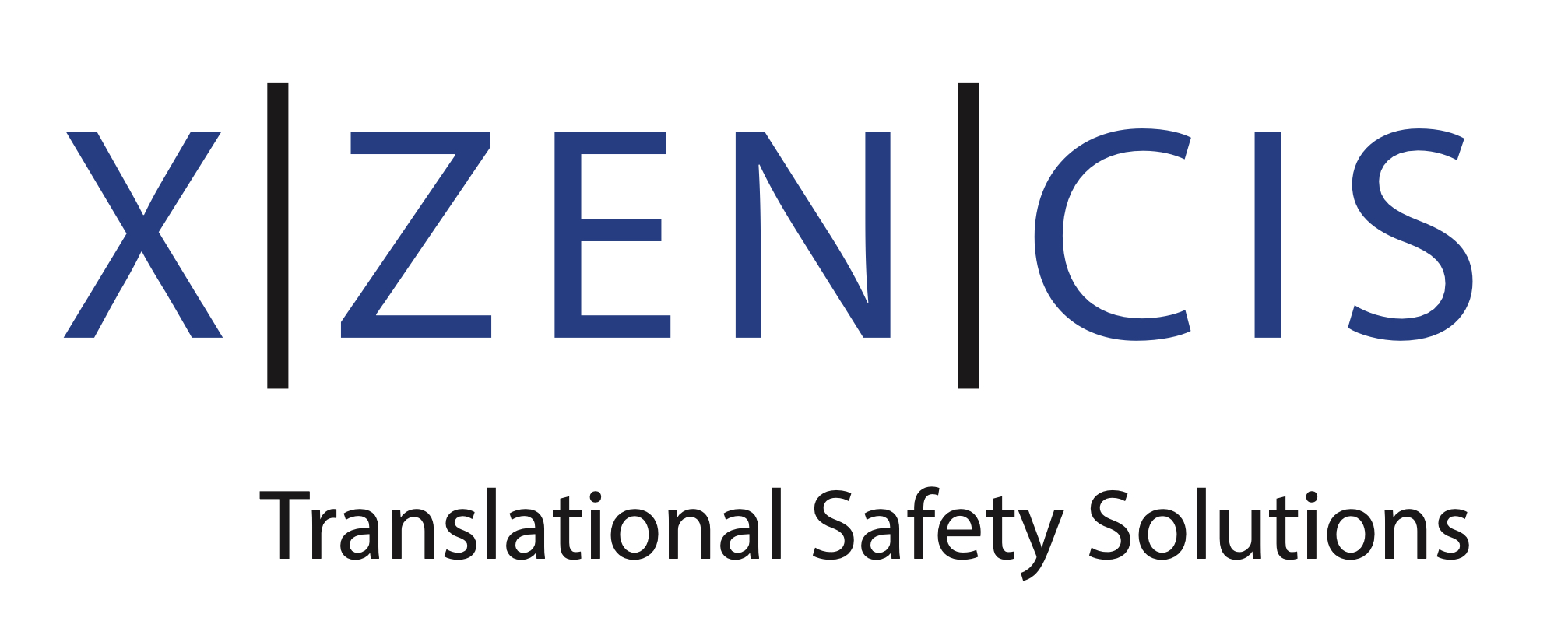By Xzencis AB
Supporting Safety Decision-making
The trend in pharmacovigilance and patient safety regulation is towards treating the process of safety decision-making as a discipline in its own right, with its own set of distinct challenges.
Xzencis is well-placed to assist the decision-makers in surmounting these challenges with procedures based on well-founded and increasingly recognised translational safety and PV principles.
The ethical question
One of the primary challenges in safety decision-making for pharma companies is to protect ethical fundamentals against other objectives.
It would be unethical in most cases to verify a safety concern to the same level of robustness as therapeutic efficacy claims, for example in designing a clinical trial to verify a drug-induced liver toxicity concern.
In practice, this would mean that the Bradford Hill criteria for causation, the nine principles for establishing epidemiologic evidence of a causal relationship between a presumed cause and an observed effect that were established in 1965 by Sir Austin Bradford Hill, cannot reasonably be exercised – raising a safety concern relative to potentially harmful outcomes is sufficient for triggering action.
Subjective vs. objective
Furthermore, data sets leading to a safety concern are almost always incomplete and allow for different interpretations.
The evaluation of a safety concern and derived actions are always subjective. Even opposing opinions are rather the norm than the exception.
Nevertheless, the opinion of those with the best subject matter expertise of the drug candidate or project should carry the greatest weight. These are almost always drug project or global product team members with the closest proximity to the data and information.
However, such team members rarely carry the authority and accountability to make personal, far-reaching project or product decisions, especially not when such action may affect the commercial business case. This causes frequent conflict, delays, and inaction with potential negative impacts on addressing and resolving safety concerns.
Connecting expertise with responsibility
Most companies deal with this dilemma by pushing relevant decisions up the managerial ladder to more senior staff members, often not only at the risk of creating distance to the project or product subject matter expertise but also to other objectives than patients’ safety entering the decision process. Such upwards escalation of safety decisions to department head level or equivalent is frequently misunderstood as safety governance.
But in fact, safety decisions at this level, made in such a manner, lack safety governance control, as Xzencis has repeatedly established.
The situation is further complicated by often deeply rooted ambitions and managerial expectations for perfect decisions and fear of being proven wrong in the future. Due to the subjectivity of safety decisions, this is an unsolvable dilemma. Usually, many equally valid decisions are possible based on the information available at the time. A safety decision subsequently shown to be less than optimal by additional data and information, later on, is not necessarily wrong or poor. As long as a safety decision is plausible, true to the core objective of patients’ safety, and is unambiguously communicated and executed, there is nothing to criticize and no one to blame.
Xzencis AB can help organizations master the obstacles of safety decision masking towards plausible, defendable, robust choices at the right level, backed up by indisputable, impartial Safety Governance principles towards better safety outcomes and protection of patients and healthy volunteers.
Resources
Click on Xzencis Safety Governance for further information.



















